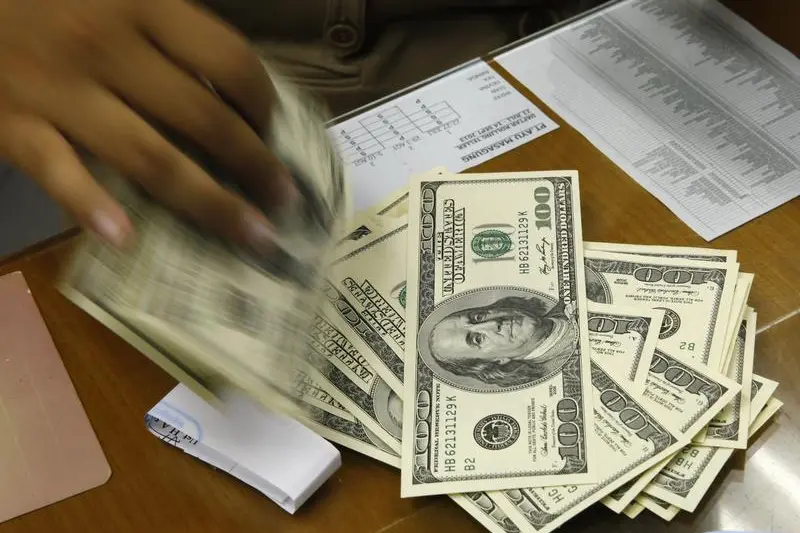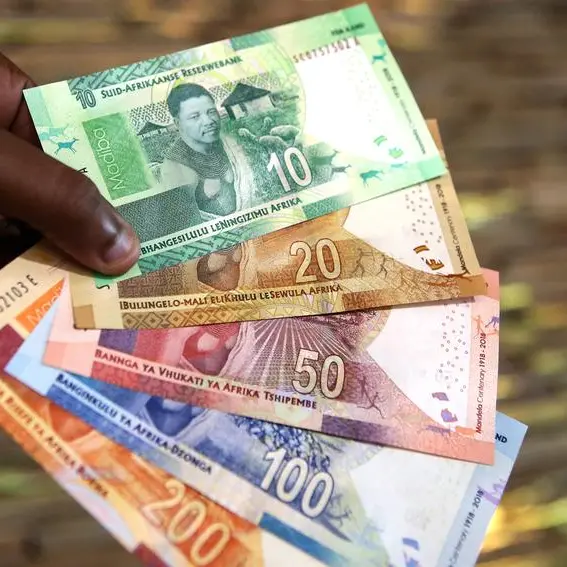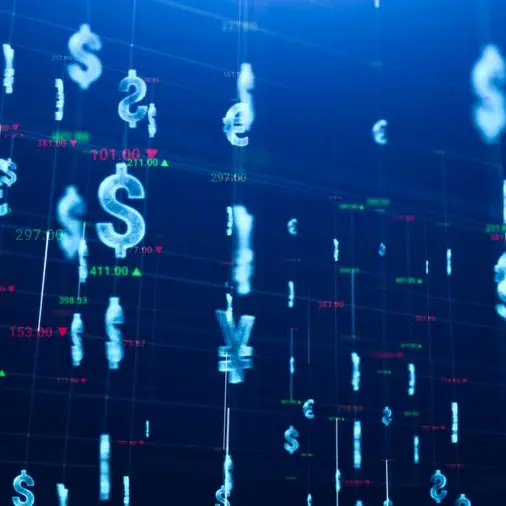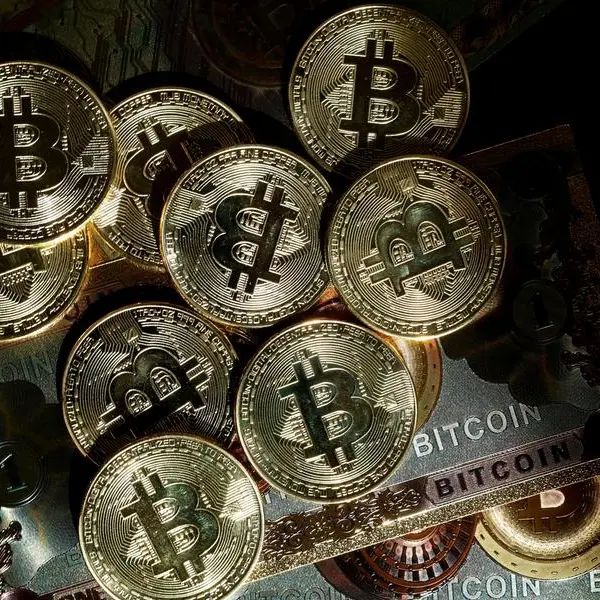PHOTO
The dollar gained against the yen but dipped against the euro on Monday as investors waited on several key U.S. economic data releases this week for further clues on Federal Reserve policy, while China's stimulus helped to propel the Australian dollar to a more than 19-month high.
Traders are trying to gauge the likelihood that the Fed will make another 50-basis point rate cut at its November meeting, following the larger-than-usual decrease earlier this month.
Key economic releases this week that will help decide this will include the Institute for Supply Management’s manufacturing index on Tuesday and non-manufacturing report on Thursday, as well as job openings data on Tuesday and Friday’s closely watched employment report for September.
“This week is really about the jobs data,” said Marc Chandler, chief market strategist at Bannockburn Global Forex in New York.
Comments by Fed Chair Jerome Powell later on Monday will also be evaluated for any new clues on the likelihood of a larger rate cut next month.
Traders are currently pricing in a 37% chance of a 50 basis point reduction in November, but are pricing in 73 basis points of cuts by year-end.
Fed policymakers projected at the Sept. 17-18 meeting that the U.S. central bank will cut rates by another 50 basis points this year.
“That should be the base case,” said Chandler, adding that he only expects deeper cuts in the event of a “shockingly poor” employment report, which would be fewer than 100,000 jobs gains and/or a rise in the unemployment rate.
Economists polled by Reuters expect employers to have added 140,000 jobs in September and the unemployment rate is expected to stay steady at 4.2%.
The dollar index was last up 0.05% at 100.49. The euro gained 0.04% to $1.1167.
Data on Monday showed that German inflation fell to its lowest level since February 2021 this month.
Major brokerages, including Goldman Sachs and JPMorgan, now expect the European Central Bank to deliver a quarter-point cut at its Oct. 17 meeting, revising their forecasts on Friday on recent data showing economic weakness and slowing inflation.
The Australian and New Zealand dollars gained after China's central bank on Friday lowered interest rates and injected liquidity into the banking system.
The Aussie, which is seen as a more liquid proxy for the Chinese yuan, was last up 0.41% versus the greenback at $0.693. It reached $0.69415, the highest since Feb. 2023.
The kiwi strengthened 0.3% to $0.6359 and earlier reached $0.63755, the highest since July 2023.
The yuan weakened 0.27% to 7.001 per dollar in offshore trading. It hit 6.9717 on Thursday, the strongest since May 2023.
The Japanese yen fell, following a volatile day on Friday, after Shigeru Ishiba won the leadership of the ruling Liberal Democratic Party and said he would call a general election for Oct. 27.
Ishiba, who had been a critic of aggressively easy policy, said on Sunday the country's monetary policy must remain accommodative as a trend, signaling the need to keep borrowing costs low to underpin a fragile economic recovery.
The greenback was last up 0.67% to 143.14 Japanese yen .
In cryptocurrencies, bitcoin fell 2.95% to $63,871.
(Reporting by Karen Brettell; Additional reporting by Tom Westbrook and Alun John; Editing by Andrea Ricci)























